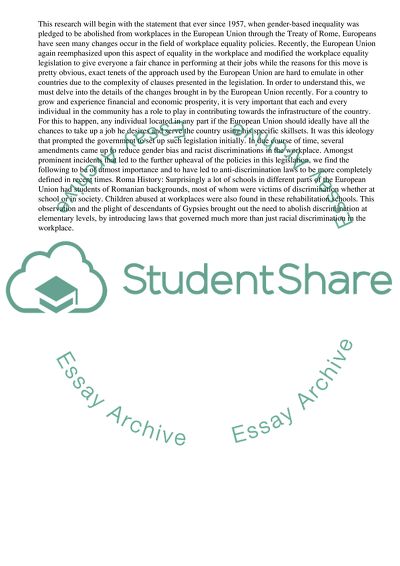Cite this document
(“Why the European Union developed a range of equality policies and Essay”, n.d.)
Why the European Union developed a range of equality policies and Essay. Retrieved from https://studentshare.org/management/1686933-employment-the-european-dimension
Why the European Union developed a range of equality policies and Essay. Retrieved from https://studentshare.org/management/1686933-employment-the-european-dimension
(Why the European Union Developed a Range of Equality Policies and Essay)
Why the European Union Developed a Range of Equality Policies and Essay. https://studentshare.org/management/1686933-employment-the-european-dimension.
Why the European Union Developed a Range of Equality Policies and Essay. https://studentshare.org/management/1686933-employment-the-european-dimension.
“Why the European Union Developed a Range of Equality Policies and Essay”, n.d. https://studentshare.org/management/1686933-employment-the-european-dimension.


